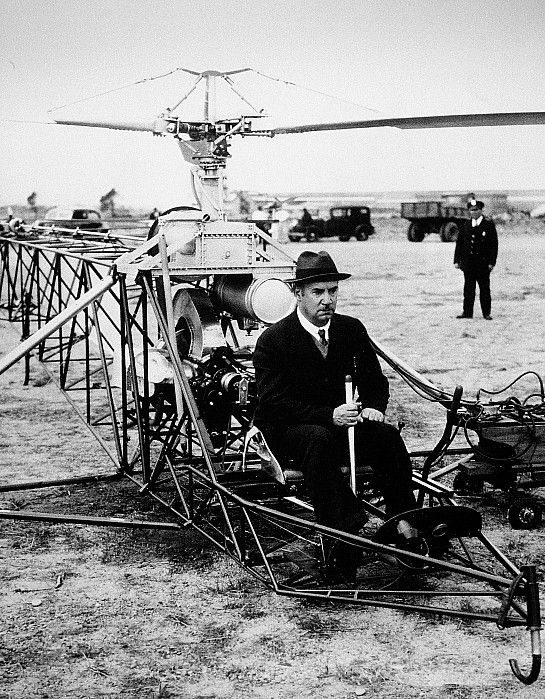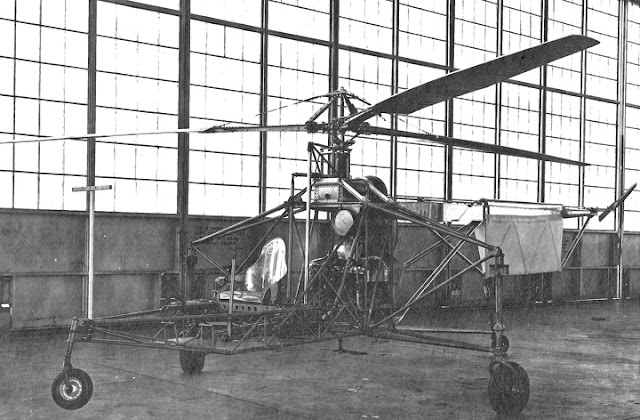Monday 20 May 1940
 |
| One of General Rommel's SdKfz 263 six-wheeled radio armored cars near Arras. A burnt-out SdKfz 231 eight-wheeled Armoured Car is in the background. 20 May 1940. |
General Rommel's 7th Panzer Division also takes off at 01:40. He advances from Cambrai to the outskirts of Arras in six hours. Rommel pauses there to allow the infantry to catch up, as there are BEF forces in the town. He occupies Valenciennes just to the east of Arras. Rommel is performing an invaluable service to the Wehrmacht of protecting Guderian's northern flank.
The two divisions have advanced 240 miles in 11 days and now constitute a block against communications between France and the BEF and French/Belgian forces fighting in Belgium (French 1st Army, 7th Army, and 9th Army and British Expeditionary Force). They sweep aside the British 12th and 23rd (Territorial) divisions. Guderian has a corridor 20-miles wide. The infantry is lagging but on the way.
The Germans also capture Laon, which Brigadier General Charles de Gaulle has been using as a staging area for attacks by his 4th Armoured Division.
The Belgians retreat around Ghent and Eeklo.
The Newly appointed French Commander-in-chief Maxime Weygand cancels a planned counteroffensive planned by his predecessor, Maurice Gamelin. This thrust would have attempted to sever the German spearhead advancing toward the coast by a concentrated attack from the trapped BEF. Weygand then takes time to "assess the situation" (he has been in the Middle East), saying, "You will not be surprised if I cannot answer for victory."
The French have extensive forces along the border with France behind the Maginot Line. These include the 6th Army, 2nd Army, 3rd Army, 4th Army, 5th Army, and 8th Army. So far, they have had little to do as they basically get out-flanked on the north.
French Prime Minister Paul Reynaud meets with US Ambassador Bullitt and requests aid.
 |
| A captured Renault D2 tank in the Festё (Festieux) area just south of Laon. May 20, 1940. |
The RAF launches a night raid on the Rotterdam oil storage tanks.
The RAF bombs German bridges and other communications at Dinant, Givet, and Charleville.
Luftwaffe fighter pilot Max-Hellmuth Ostermann scores his first victory.
Battle of the Atlantic: The British Admiralty begins drawing up plans for a possible evacuation of the BEF. The Admirals are looking at Dunkirk (Dunkerque) as a likely collection point, but there are still other options.
The Luftwaffe sinks British freighter Mavis at Calais and Royal Navy minesweeper Rifnes.
The Kriegsmarine has S-boats operating off the Belgian coast.
Convoy OA 152 departs from Southend, COnvoy OB 152 departs from Liverpool, Convoy HG 31F departs from Gibraltar, and Convoy HX 44 departs from Liverpool.
The British commission Minesweeping trawler HMS Olive (T 126) (G. C. C. Mileham).
Battle of the Pacific: German raider Atlantis has been sailing as the Japanese passenger freighter Kasii Maru. The German intelligence service intercepts a message from Ceylon to the Admiralty warning of a raider disguised as a Japanese ship. The captain of the Atlantis promptly switches the disguise to the Dutch freighter Abbekerk.
German/Romanian Relations: King Carol tells the German ambassador to Romania that it is time the countries worked more closely together.
Norway: The commander of the forces which have evacuated Mo i Rana, Lieutenant Colonel Thomas Byrnand Trappes-Lomax, has been retreating too far for the taste of his commanders, General Auchinleck and Colonel Gubbins. Gubbins believes that his retrograde movement has been disorganized, leaving behind units that have become stragglers. Gubbins orders Trappes-Lomax to stop retreating and square up against the German 2d Mountain Division, which is advancing toward Bodo.
The Luftwaffe drops another 16 men at Narvik to help Dietl's troops.
The Luftwaffe catches British ship Pembroke Coast at Harstad and sets it afire.
US Air Force: Igor Sikorsky gives the first public demonstration of the VS-300 helicopter which first flew in August 1939 at Vaught-Sikorsky in Stratford, Connecticut.
US Government: President Roosevelt sends a memorandum to Undersecretary of State Sumner Welles about the recent report from US Ambassador Wilson there about German sympathies within the government. "Is there some way in which the Minister of Uruguay in Washington and Mr. Wilson in Montevideo can get word to the Uruguayan Government that the United States is concerned...?" Welles promptly replies that the Uruguayan government says that it is investigating.
Japanese Government: The Japanese request raw materials from the Netherlands East Indies.
Middle East: British, French and Turkish military representatives hold conferences in Beirut. They discuss possible allied assistance to Turkey.
Holocaust: According to the US Holocaust Memorial Museum, this is the day that the SS establishes Auschwitz Camp.
US Homefront: The US Supreme Court decides Cantwell v. Connecticut, 310 U.S. 296 (1940), a key First Amendment case. It extends free speech protections to the actions of the individual states.
Future History: Stan Mikita is born in Sokolče, Slovak Republic. He becomes famous as a center for the Chicago Black Hawks in the 1960s.
Sadaharu Oh is born in Sumida, Japan. He goes on to hold the world lifetime home run record, earned in the 1960s and 1970s with the Yomiuri Giants in the Nippon Professional League.
 |
| Igor Sikorsky preparing to give the public demonstration of his helicopter in Connecticut, 20 May 1940. |
May 1940
May 1, 1940: British Leave ÅndalsnesMay 2, 1940: British Depart Namsos
May 3, 1940: Many Norwegians Surrendering
May 4, 1940: Bader Returns
May 5, 1940: HMS Seal Survives
May 6, 1940: Allies Focus on Narvik
May 7, 1940: In The Name of God, Go!
May 8, 1940: Exit Chamberlain
May 9, 1940: Enter Churchill
May 10, 1940: Fall Gelb
May 11, 1940: Eben Emael Surrenders
May 12, 1940: Germans at Sedan
May 13, 1940: Rommel at Work
May 14, 1940: German Breakout in France
May 15, 1940: Holland Surrenders
May 16, 1940: Dash to the Channel
May 17, 1940: Germans Take Brussels
May 18, 1940: Germans Take Antwerp
May 19, 1940: Failed French Counterattack
May 20, 1940: Panzers on the Coast
May 21, 1940: Battle of Arras
May 22, 1940: Attacking Channel Ports
May 23, 1940: British Evacuate Boulogne
May 24, 1940: Hitler's Stop Order
May 25, 1940: Belgian Defenses Creaking
May 26, 1940: Operation Dynamo
May 27, 1940: King Leopold Surrenders
May 28, 1940: The Allies Take Narvik
May 29, 1940: Lille Falls
May 30, 1940: Operation Fish
May 31, 1940: Peak Day for Dynamo
2020


